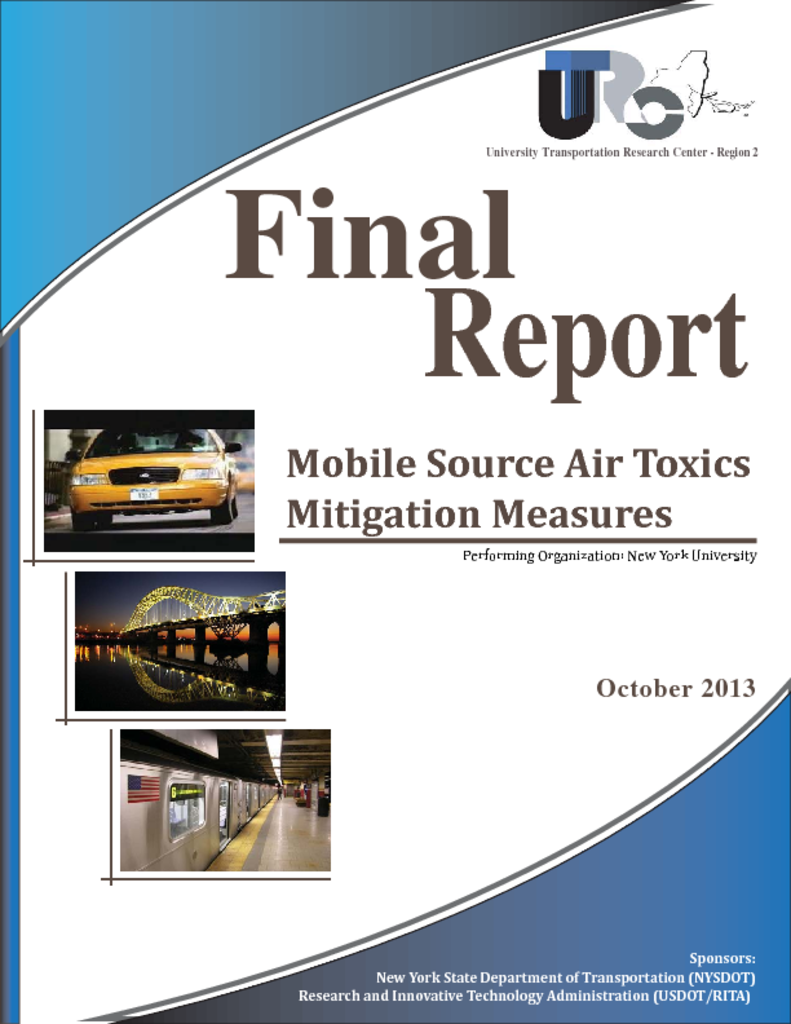In accordance with the Federal Highway Administration (FHWA) “Interim Guidance Update on Mobile Source Air Toxic Analysis in NEPA Documents (September 30, 2009),” transportation projects subject to the National Environmental Policy Act (NEPA) must include an analysis of mobile source air toxics (MSATs). MSATs are air pollutants emitted by mobile sources that can cause serious health effects. Of a group of 93 MSAT compounds, the U.S. Environmental Protection Agency (USEPA) has identified seven compounds with significant contributions from mobile sources that are among the national and regional-scale cancer risk drivers from their 1999 National Air Toxics Assessment (NATA). These seven compounds consist of acrolein, benzene, 1,3-butadiene, diesel particulate matter plus diesel exhaust organic gases (diesel PM), formaldehyde, naphthalene, and polycyclic organic matter. FHWA classifies these seven compounds as the “priority MSATs,” recognizing that this list is subject to change. The objectives of this project are to: (1) propose a “screening” protocol that will facilitate the decision making process regarding which projects warrant MSAT assessment; (2) develop procedures (in consultation with regulatory agencies) for conducting qualitative and quantitative analyses of the seven priority MSATs in NYSDOT NEPA and SEQRA environmental documents; and (3) identify feasible MSAT mitigation measures for NYSDOT capital improvement projects and facilities. The work involves 10 separate tasks, including a guidance document for conducting MSAT assessments for projects that fall within NEPA/SEQRA.


